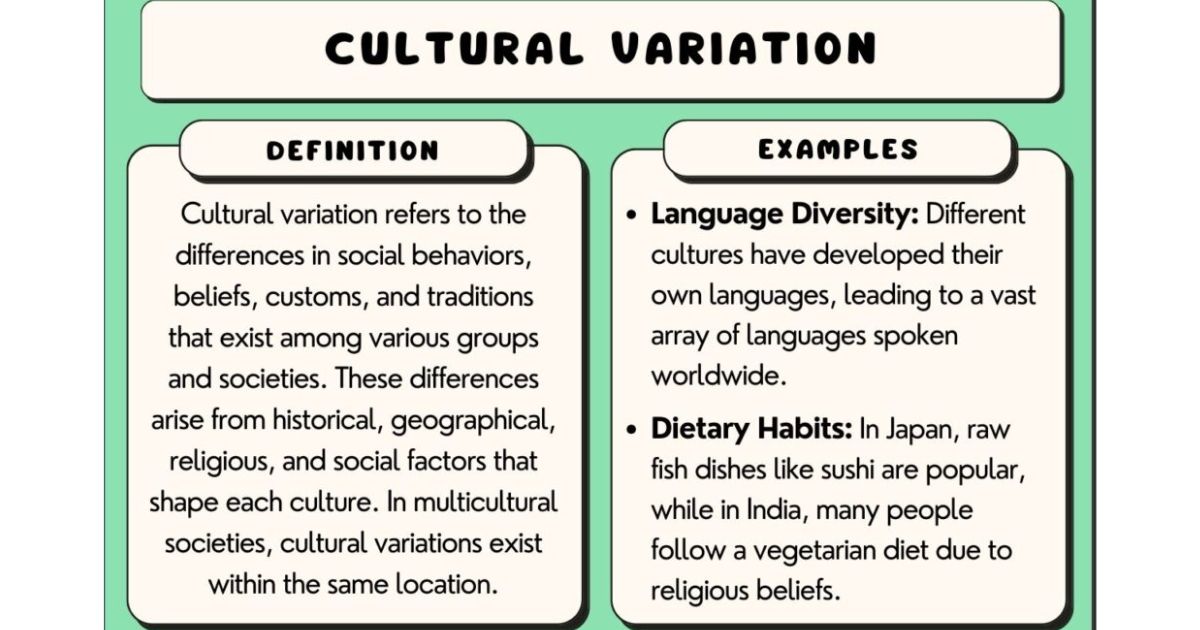The nursery rhyme “This Little Piggy Went to the Market” has long fascinated both children and adults alike. While seemingly simple, this beloved rhyme holds a deeper meaning that has puzzled scholars and historians for centuries.
In this article, we will explore the origins, literal interpretation, and hidden symbolism within the rhyme, shedding light on its cultural and social significance. Join us as we unravel the mystery behind this timeless piece of folklore, providing a sense of belonging to those seeking a deeper understanding of our shared traditions.
Key Takeaways
- The nursery rhyme “This Little Piggy Went to the Market” has origins that are subject to speculation and debate among scholars and historians.
- The rhyme contains hidden economic commentary and symbolism, reflecting societal issues of economic inequality, consumerism, and materialism.
- Nursery rhymes, including “This Little Piggy Went to the Market,” often contain symbolism that reflects historical context and conveys hidden messages to a specific audience.
- Markets played a crucial role in medieval communities’ prosperity, contributing to economic development, cultural exchange, and fostering a sense of belonging and community.
The Origin of the Nursery Rhyme
The origin of the nursery rhyme ‘This Little Piggy Went to the Market’ has been a topic of much speculation and debate among scholars and historians. While there is no definitive answer, several origin theories have emerged over the years.
One theory suggests that the rhyme dates back to medieval times when markets played a significant role in daily life. The rhyme may have served as a way to teach children about the importance of commerce and the market economy.
Another theory suggests that the rhyme has its roots in the history of the English monarchy, with each line representing a different monarch and their impact on the economy. Regardless of its exact origins, the nursery rhyme holds historical significance as a cultural artifact that reflects societal values and practices.
The Literal Interpretation
The literal interpretation of the nursery rhyme “This Little Piggy Went to the Market” is often overlooked, as it is commonly seen as a simple children’s rhyme. Upon closer examination, it can be seen that the rhyme contains hidden economic commentary and symbolism. The use of the market in the rhyme can be seen as a representation of capitalism and consumerism, while the different pigs may symbolize different social classes or economic activities. Understanding these layers of meaning adds depth to the seemingly innocent nursery rhyme.
Hidden Economic Commentary
One can uncover hidden economic commentary within the literal interpretation of the nursery rhyme ‘This Little Piggy Went to the Market.’ This popular rhyme, often recited to children, actually reflects societal issues of economic inequality, consumerism, and materialism. Each line of the rhyme represents a different piggy and their respective actions, which can be interpreted as symbols of economic status and behavior.
The phrase “This little piggy went to the market” can be seen as a commentary on consumerism, as the piggy is portrayed as actively participating in the market economy. The subsequent lines, such as “This little piggy stayed at home” and “This little piggy had roast beef” may symbolize different levels of economic inequality and consumption patterns.
The nursery rhyme serves as a subtle critique of a society driven by materialism and economic disparities. It highlights the contrasting experiences of different individuals within the economic system, shedding light on the realities of economic inequality and the pursuit of material possessions.
Symbolism of Nursery Rhymes
Symbolism in nursery rhymes can be uncovered through a literal interpretation, revealing underlying meanings and societal messages within these seemingly innocent verses. Children’s songs, such as nursery rhymes, often contain symbolism that reflects the historical context in which they were created.
These songs served as a way to pass down cultural knowledge and values, as well as to convey hidden messages to a specific audience. Let’s take a closer look at the symbolism in nursery rhymes through a table:
| Nursery Rhyme | Literal Meaning | Symbolic Meaning |
|---|---|---|
| “Ring Around the Rosie” | Children holding hands and dancing in a circle | The Black Death pandemic in medieval Europe |
| “Jack and Jill” | Two children fetching water from a well | The 18th-century English tax on liquid measures |
| “Humpty Dumpty” | An egg falling off a wall and breaking | The downfall of King Richard III during the War of the Roses |
Historical Context of the Market
During the medieval period, the market’s role as a hub of economic activity and trade was crucial for communities’ prosperity. Markets served as central gathering places where people could buy and sell goods, exchange information, and socialize.
They played a significant role in the economic development of towns and cities, contributing to the growth of local economies and fostering cultural exchange. The historical significance of markets cannot be overstated, as they provided a platform for artisans, merchants, and farmers to showcase their products and connect with potential customers.
The economic impact of markets was far-reaching, enabling the circulation of goods and wealth, the creation of employment opportunities, and the stimulation of local economies. Markets were not only places of commerce but also spaces that fostered a sense of belonging and community among individuals from diverse backgrounds.
- Markets facilitated the exchange of goods and services, allowing communities to obtain essential items and resources.
- They promoted economic growth by attracting merchants and traders from different regions, thus increasing the flow of goods and money.
- Markets provided a platform for cultural exchange, as people from various backgrounds gathered, fostering a sense of community and connection.
Symbolism in the Rhyme
Although often overlooked, the nursery rhyme ‘This Little Piggy Went to the Market’ contains symbolism that reveals deeper meanings beyond its surface-level entertainment value. Symbolism in literature is a powerful tool used by authors to convey hidden messages and evoke emotions in readers. Nursery rhymes, such as ‘This Little Piggy Went to the Market’, are no exception.
The five little piggies in the rhyme represent different aspects of life, with each toe representing a different piggy. The first piggy going to the market symbolizes the pursuit of material wealth and consumerism. It implies a focus on economic activities and the desire for material possessions.
This symbolism encourages readers to reflect on the potentially negative impacts of a society driven by consumerism and the importance of finding balance in life. By delving into the symbolism in nursery rhymes, we can uncover deeper meanings and contemplate the messages they convey.
Possible Hidden Meanings
One possible hidden meaning of the nursery rhyme ‘This Little Piggy Went to the Market’ is that it highlights the influence of consumer culture on individual choices and priorities. The rhyme’s depiction of a pig going to the market can be seen as a metaphor for the constant pursuit of material goods and the pressure to conform to societal expectations. This interpretation can be seen as an economic critique, suggesting that individuals are often driven by the desire to acquire more, rather than focusing on more meaningful aspects of life.
- The “market” symbolizes the consumer-driven society we live in, where the acquisition of goods is highly valued.
- The “little piggy” represents individuals who are influenced and driven by consumer culture.
- The rhyme subtly critiques the idea that one’s worth is determined by their ability to participate in the market.
This hidden symbolism in the nursery rhyme sheds light on the broader cultural and social significance of consumerism in our society.
Cultural and Social Significance
The nursery rhyme ‘This Little Piggy Went to the Market’ holds significant cultural and social implications as it reflects the pervasive influence of consumerism on individual behavior and societal norms. The phrase “went to the market” is often interpreted as the piggy engaging in shopping and participating in the consumer culture.
This cultural significance highlights the importance placed on material possessions and the desire for acquiring more. It also emphasizes the social impact of consumerism, as it shapes our values, priorities, and even our identity.
The nursery rhyme serves as a reminder of the influence consumerism has on our lives and how it can impact our behaviors and choices. It prompts us to reflect on the societal norms that prioritize material wealth and encourages critical thinking about the values we hold as a society.
Variations and Regional Differences
The nursery rhyme “This Little Piggy Went to the Market” has various cultural interpretations and regional variations. Different cultures have their own unique versions of the rhyme, with slight differences in the lyrics and actions.
These variations can be influenced by geographical factors, such as language differences and local customs. Exploring these regional differences adds depth to our understanding of the nursery rhyme’s evolution and cultural significance.
Cultural Interpretations and Variations
Cultural interpretations and variations of the nursery rhyme ‘This Little Piggy Went to the Market’ offer fascinating insights into how different societies perceive and interpret the actions of these little piggies. The cultural significance of this rhyme varies across regions, reflecting the diverse beliefs and values of different communities.
- In some cultures, the nursery rhyme is seen as a simple children’s rhyme, teaching basic counting and body parts.
- In other regions, the rhyme has deeper symbolic meanings, with each little piggy representing different stages or aspects of life, such as wealth, health, happiness, or even societal roles.
- Regional variations of the rhyme also exist, with slight changes in the lyrics or the sequence of the piggies’ actions.
These variations and regional differences highlight the richness and diversity of cultural interpretations, offering a glimpse into the unique perspectives and values of different societies.
Geographical Influences on Lyrics
Numerous regional variations of the nursery rhyme ‘This Little Piggy Went to the Market’ provide a fascinating insight into how geographical influences have shaped the lyrics and contributed to the diverse interpretations of this beloved children’s rhyme.
The variations in the lyrics reflect the economic implications and local traditions of different regions. For example, in some versions, the piggy goes to the market to buy food, highlighting the importance of agriculture and commerce in agricultural communities. In other versions, the piggy goes to the market to sell items, emphasizing the role of trade and entrepreneurship in urban areas.
These variations not only showcase the economic activities of different regions but also demonstrate how geographical influences can shape the lyrics of a nursery rhyme, making it relatable to children in various locations.
The Rhyme’s Enduring Popularity
An examination of the factors contributing to the enduring popularity of the rhyme reveals its timeless appeal and universal recognition. This nursery rhyme has stood the test of time and continues to captivate children and adults alike. One reason for its popularity is the rhyme’s impact on childhood development. The repetition of sounds and words in the rhyme helps young children develop language skills and improve their memory. Additionally, the rhyme’s simple and catchy melody makes it easy for children to remember and sing along to.
- The rhyme’s relatable and imaginative storyline engages children’s imagination and encourages creative thinking.
- The repetitive nature of the rhyme creates a sense of familiarity and comfort, providing a sense of security and belonging.
- The rhyme’s inclusion in children’s literature and media further contributes to its enduring popularity, ensuring its continued exposure and transmission across generations.
Conclusion
In conclusion, the nursery rhyme “This Little Piggy Went to the Market” has a rich history and multiple interpretations. Its origins can be traced back to the 18th century, and it has since become a cultural and social artifact.
The rhyme’s inclusion of a market reflects the historical context of the time, while its symbolism and hidden meanings continue to intrigue scholars and readers alike. Despite variations and regional differences, the rhyme’s enduring popularity highlights its significance in popular culture.











